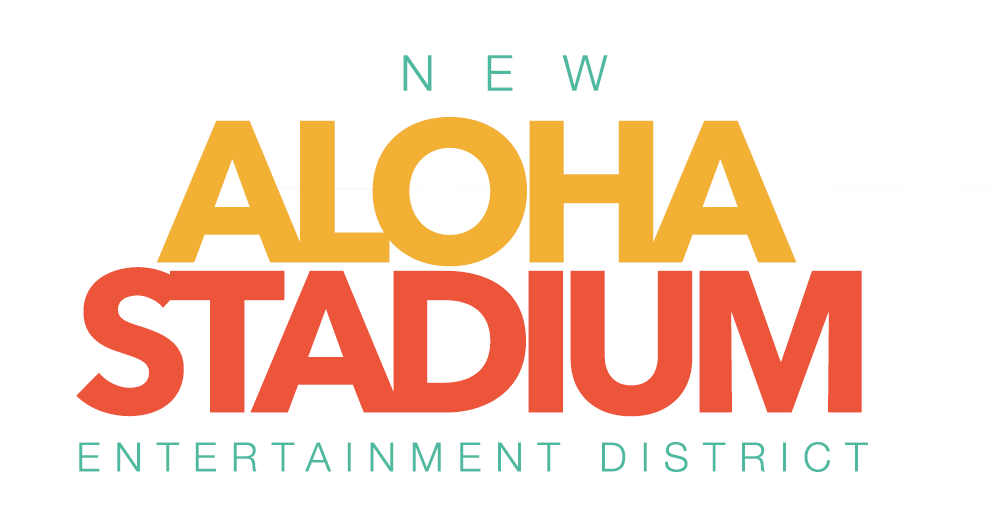Honolulu Star-Advertiser
February 3, 2021
Updated 12:11 a.m.
Over the years, disrepair at the aging Aloha Stadium caused it to increasingly deteriorate, to the point where it’s now mostly shut down. The Stadium Authority — a nine-member panel appointed by the governor with the consent of the state Senate — oversaw this “Rust Palace,” and now would seem to have its hands full framing plans for the stadium centerpiece of the ambitious New Aloha Stadium Entertainment District.
Even so, a bill introduced at the Legislature last week would ramp up responsibilities and broaden the state panel’s powers, elevating it to the lead role in all development for the planned district at the 98-acre Halawa site.
Given delays in advancing the overall project — along with anxieties touched off by displacement of University of Hawaii football games for at least the next few seasons — Senate Bill 1423 intends to speed progress toward new construction by slicing through red tape. That’s an understandable impulse — still, the bill is concerning.
In July 2019, five years after the stadium redevelopment effort got rolling with assessment studies, Gov. David Ige signed Act 268 into law, authorizing $350 million to seed public-private redevelopment for the envisioned district to include a smaller stadium, mixed-use retail and commercial spaces, and of course, much-needed housing units.
The act placed the Hawaii Community Development Authority (HCDA) in the lead development role — a reasonable move. This state agency’s 17-member board, which already has broad regulatory powers for certain land redevelopment, has handled complex land-use matters and oversees Kakaako’s revitalization.
While HCDA has received its share of criticism over issues such as insufficient affordable housing requirements, it seems to have emerged from agency growing pains with improved community responsiveness.
On the stadium project, HCDA is working in tandem with the state Department of Accounting and General Services (DAGS), which in December identified three private development partners for a new stadium and has a goal to select a partner by year’s end. State officials had wanted to have the new stadium ready for the September 2023 football season opener, but a more realistic timeline is now late 2023 or early 2024.
Under SB 1423, HCDA would be bumped from its lead role, and the Stadium Authority would be given exemption powers regarding procurement, permitting and other things — the same powers as HCDA — and sole jurisdiction over site development.
Given the Stadium Authority’s lack of track record in land development — its primary function has been limited to maintaining, managing and operating the stadium — this would be a risky move.
Addressing the Stadium Authority’s board last week, Sen. Glenn Wakai, one of the bill’s sponsors, said: “We don’t want to have too many layers of government, so we’re not going to put the Stadium Authority under HCDA.” He added, “If this bill passes, you’re going to be able to move the process along quicker than if you were any other government agency.”
Further, conjuring the lineup of Marvel superheros, Wakai said: “I’m calling this the Stadium Avenger Authority.” But as one of those fictional characters famously points out in comic-book narratives: “With great power comes great responsibility.”
State lawmakers must take a hard look at how well-equipped — or not — the Stadium Authority is to effectively take on massive fast-track work on both the stadium and the adjacent underutilized acreage.
A more sensible option, it seems, would be to retain the redevelopment-tested HCDA in its current leadership role, but align the Stadium Authority directly under it, with a near-term assist from DAGS in a manageable division of labor. Regardless of “super power” exemptions and the like, however, there must be a robust requirement for transparency and community input as the stadium district proceeds.
READ FULL ARTICLE HERE.

